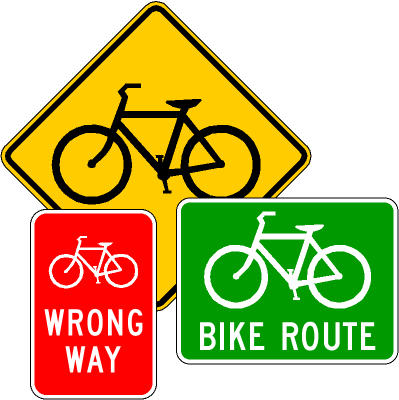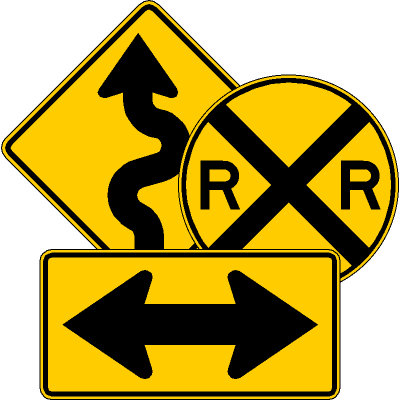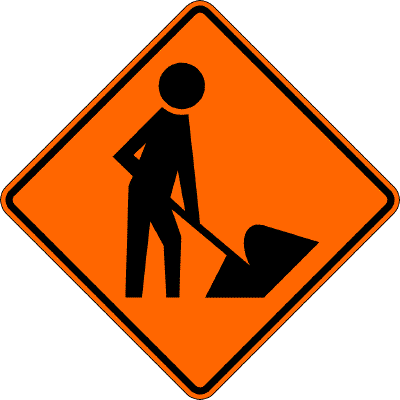On Tuesday, December 19th, 2023, FHWA published the new 11th edition of the MUTCD. The supersedes and replaces the 2009 edition as the “official” MUTCD at a national level as of January 18th, 2024. Individual states have until January 2026 to adopt the new national MUTCD, a state-specific supplement, or a state-specific MUTCD, subject to review and concurrence from FHWA.
What does this mean for the Manual of Traffic Signs?
Well, a lot of work. First will be an assessment of how many new and revised signs are in the new 11th Edition. Next will be a data revision to assign existing and new signs to the correct sections of the new MUTCD for linking purposes, then the work of creating the new signs based on the revised Standard Highway Signs and Markings document, and then rebuilding the website with all the new material and corrected links.
This will not happen instantly, especially given other obligations and activities. But we do hope to have the MOTS updated and compliant with the new 11th Edition in a timely manner. Until then, we thank you for your patience, enjoy the site, and watch this space for updates.
Happy New MUTCD Day, a merry Christmas and happy holidays to all, and hoping for a good 2024.
Update:
In its update to the FHWA MUTCD website, this piece of information: “Starting with the 11th Edition of the MUTCD, FHWA no longer provides the MUTCD in a companion HTML format.” What this means is that this website can no longer link directly to FHWA HTML webpages with official MUTCD text, and many browsers do not support direct links to locations within PDF files – just the beginning of the PDF. Needless to say, if you want to link to 2B.74 and the PDF opens to 2B.01, that’s not very useful. So another time-consuming task will likely be importing the MUTCD as HTML into trafficsign.us, adding anchors for direct links, and fixing formatting as needed… and then having to keep that information updated as revisions are issued. This could result in more delays, alas. But we’ll get working on it soon.
And more info on the Standard Highway Signs and Markings page: “The new edition of Standard Highway Signs will contain the details for all signs and pavement markings in the 11th Edition of the MUTCD, expanded sign design guidelines, and details for symbolic traffic and lane-control signal indications. It is taking some additional time to prepare the publication, and information is expected to be posted in the coming months.” So this could also delay updates, as until the revised SHSM is published, any sign design we come up with will be based off MUTCD figure graphics, and not on official FHWA data.





